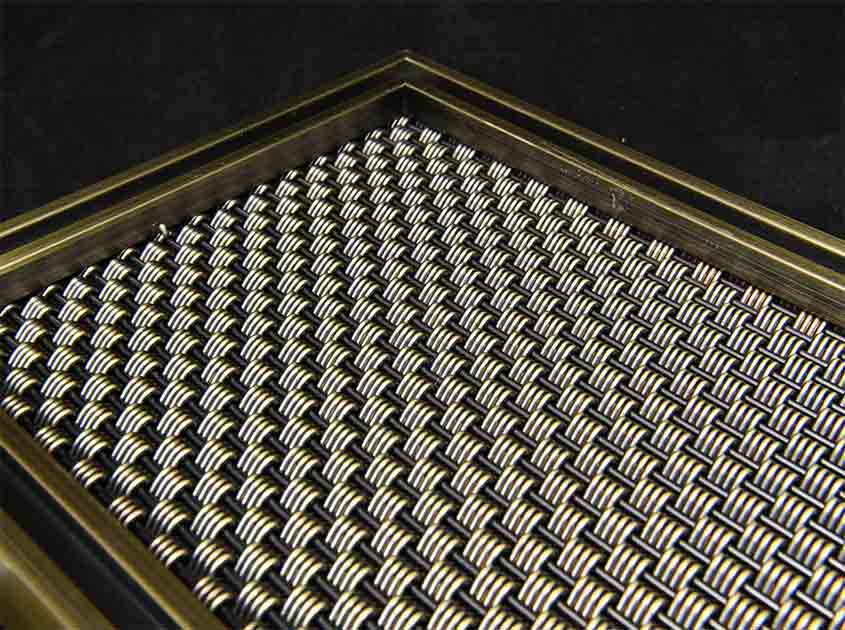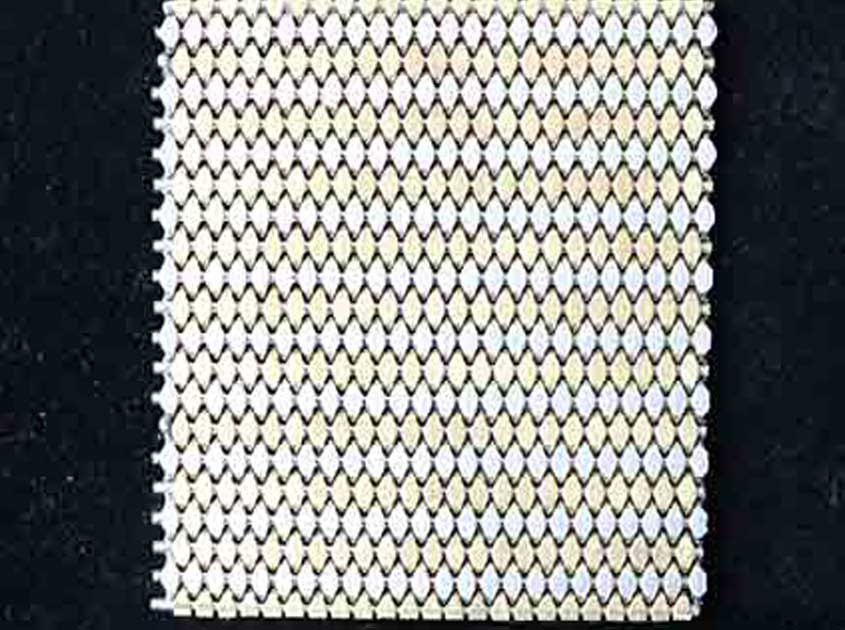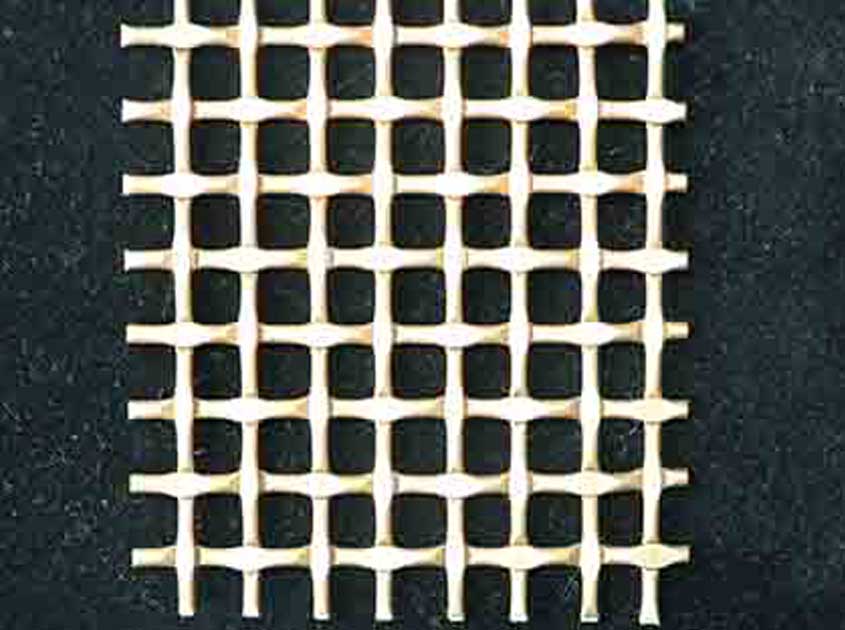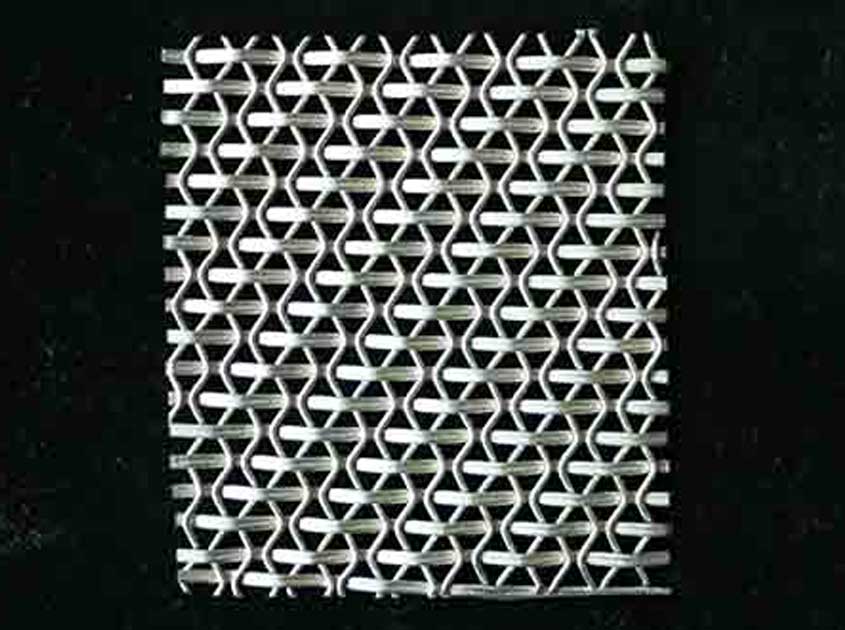Introduction:
Architectural woven mesh has emerged as a powerful tool in achieving this goal by adding texture and depth to architectural designs. This article explores the transformative impact of architectural woven mesh in architecture, focusing on its ability to enhance visual aesthetics and create engaging spatial experiences.

Part 1: Defining Architectural Woven Mesh
Architectural woven mesh is a versatile material composed of interwoven metal wires or fibers, forming a mesh-like structure. It offers a wide range of customization options in terms of patterns, densities, and materials, allowing architects to achieve unique and visually striking designs. This material introduces a new dimension to architectural compositions, enabling the creation of captivating and textured surfaces.

Part 2: Enhancing Visual Aesthetics
Architectural woven mesh brings an element of intrigue and visual appeal to architectural designs. Its unique texture and pattern create a sense of depth and movement, transforming the façade into a dynamic and engaging visual experience. The interplay of light and shadow on the mesh's surface adds further dimension, highlighting the architectural form and creating an ever-changing display throughout the day. By incorporating architectural woven mesh, architects can add a touch of artistry to their designs, making a powerful visual statement.

Part 3: Creating Engaging Spatial Experiences
Architectural woven mesh not only enhances the visual aesthetics but also enriches the spatial experience for occupants and visitors. By incorporating the mesh as partitions, screens, or decorative elements, architects can create spaces that are both visually appealing and functionally efficient. The transparency of the mesh allows for visual connectivity between different areas, fostering a sense of openness and interconnectedness. Moreover, the play of light and shadow created by the mesh adds a layer of intrigue, stimulating the senses and creating a memorable spatial experience.

Part 4: Versatility in Design Applications
Architectural woven mesh offers a high degree of versatility in design applications. It can be utilized in a variety of architectural elements, including façades, interior walls, ceilings, and shading systems. Whether used as a standalone feature or in combination with other materials, architectural woven mesh allows architects to experiment with different textures, patterns, and scales, offering endless possibilities for design exploration and innovation.

Conclusion:
Architectural woven mesh is a powerful design element that adds texture and depth to architectural designs. Its ability to enhance visual aesthetics, create engaging spatial experiences, and offer design versatility makes it a valuable tool for architects. By incorporating architectural woven mesh, architects can elevate the visual impact of their designs, creating captivating and memorable architectural compositions. As this material continues to evolve and inspire, we can anticipate further advancements in architectural design, driven by the transformative potential of architectural woven mesh.
pre:The Intersection of Form and Function: Architectural Woven Mesh in Architecture
next:Creating Sustainable Environments with Architectural Woven Mesh
© 2025 Joinwin Architectural Wire. All Rights Reserved. | Sitemap
Recommended Read
Unique architectural metal decorative mesh adds charm to your project
Metal woven mesh is widely popular due to its unique design, high strength, durability and functionality.